Gallery Network
‘We Are Bodies of Water’: Artist Melissa McGill on Tracing the Cosmos Through Waterways
The American artist is the subject of her first—and most expansive—solo to date in Turin, Italy, at Mazzoleni gallery.
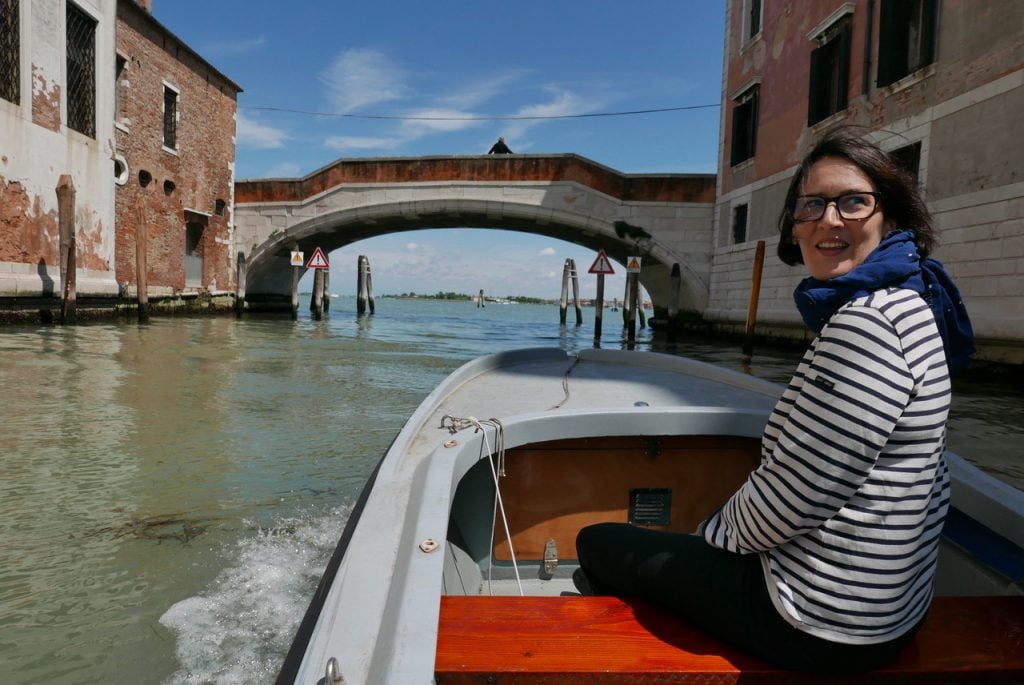
Debuting October 30, 2024, American artist Melissa McGill will be the subject of her first solo exhibition in the Italian city of Turin with Mazzoleni gallery. Titled “Eridanus: The River Constellation,” it showcases her recent investigations into the connections between water and the cosmos—and, ultimately, people. On view through February 8, 2025, the show is also slated to be one of McGill’s most comprehensive, featuring works dated from 1998 to 2024, allowing viewers to visually trace her artistic evolvement and expanding scope. The exhibition is particularly fitting as the city of Turin itself, or, more specifically, its waterways play a central role in McGill’s work.
We reached out to McGill to learn more about what she finds most fascinating about her artistic research and what inspired some of her most-used themes.
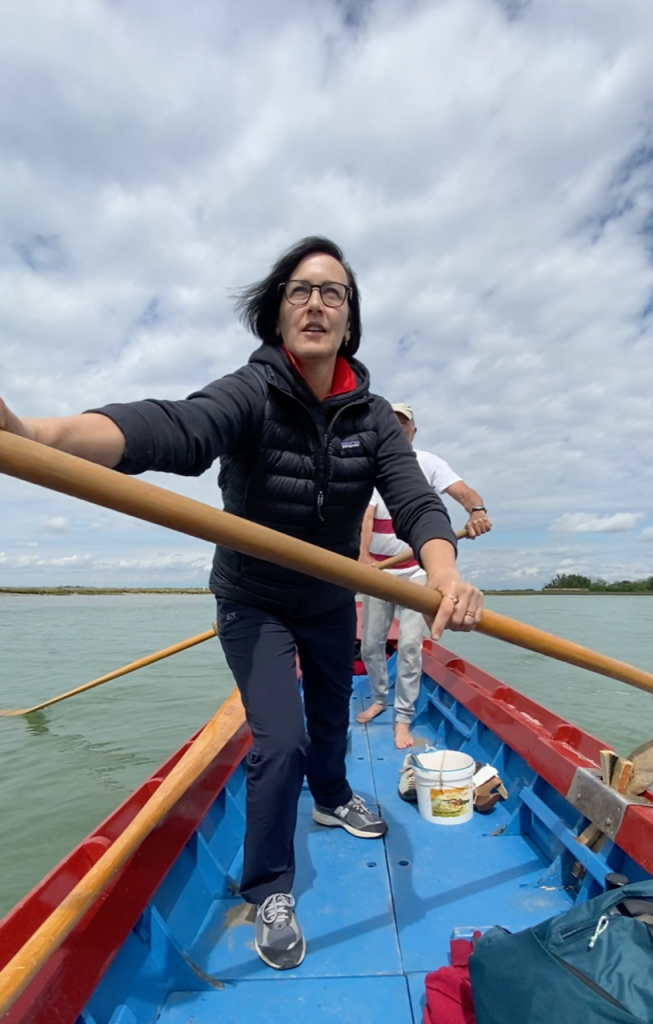
Melissa McGill. Courtesy of the artist and Mazzoleni, Turin / London.
With your solo show opening later this month at Mazzoleni, can you tell us a bit about the themes or core inspirations that underpin the exhibition?
“Eridanus: The River Constellation” explores connections between our waterways and the cosmos.
The Po River’s ancient name was Eridanus, which is also the name of the vast river constellation. It was believed that Eridanus was a guide given by the gods to aid human navigation and an understanding of time.
This exhibition illuminates the presence and interconnectedness of water and the cosmos throughout my artistic practice, while exploring expansive perspectives, mapping, water storytelling, constellations, and connections between past, present, and future, with a focus on community, meaningful shared experiences, and lasting positive impact.
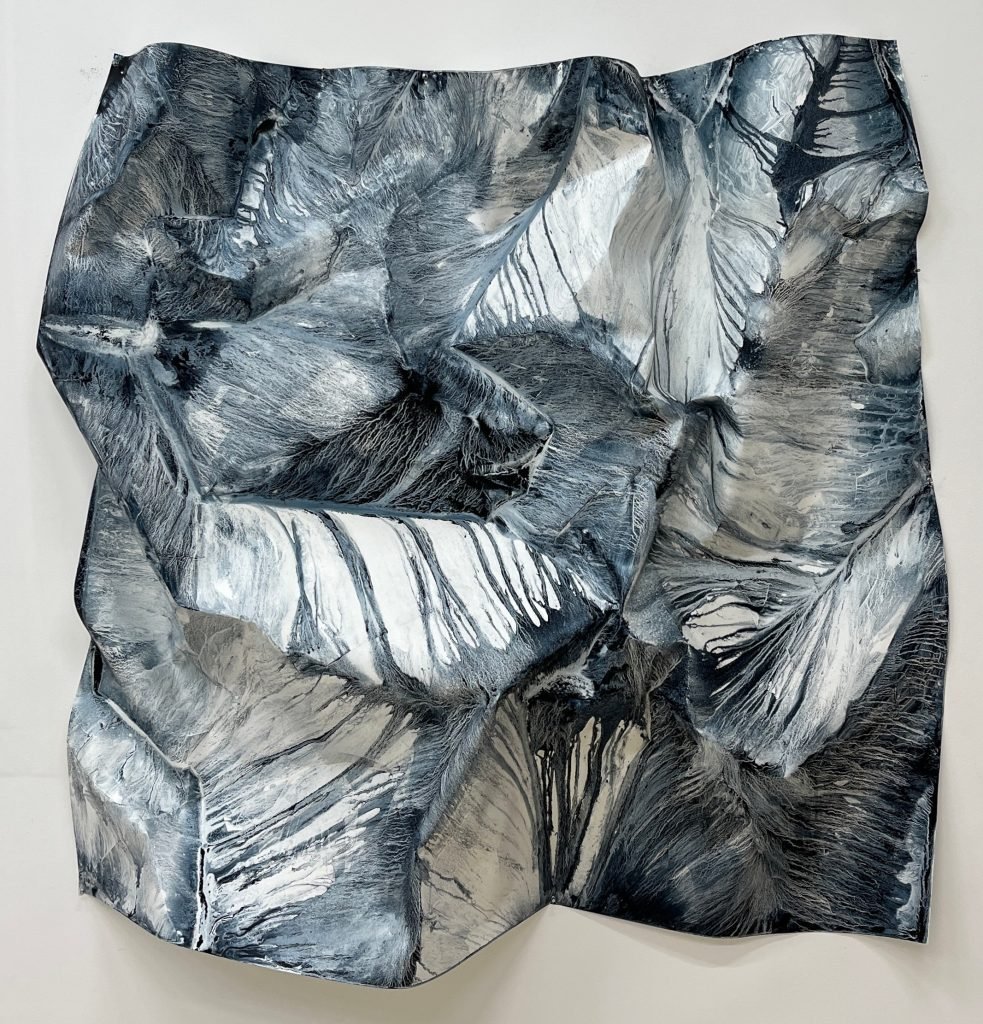
Melissa McGill, Source III (2024). Courtesy of Mazzoleni, Turin / London.
What are some ways you engaged with or were influenced by the city of Turin itself?
I am passionate about engaging with local waterways, in this case specifically with the Po River that shaped Turin and flows through its center, and through an inspiring collaboration with the State Archive of Turin where I followed the river through time. In my research, I asked the questions: How has the Po changed throughout the years? What perspectives are represented? What is missing? How has our relationship with this life sustaining waterway changed?
“Eridanus” marks your most expansive solo to date, bringing together work from across more than two decades. Did you garner any new insight or perspectives from revisiting past and new work together?
Yes! In making my most recent works, I realized that a deep conversation was emerging with earlier works, themes resurfacing in different forms, using a wide range of materials, and ranging in scale from intimate to epic.
I am also thinking about the ways in which this exhibition brings different aspects of my work together. The Po is a braided river, with a network of channels that flow together freely, this is also how I could describe the way my solitary studio practice interweaves with my collaborative public one. The works in this exhibition exemplify the ways in which I bring these inner and outer worlds together, with water and the cosmos as my guide through time.
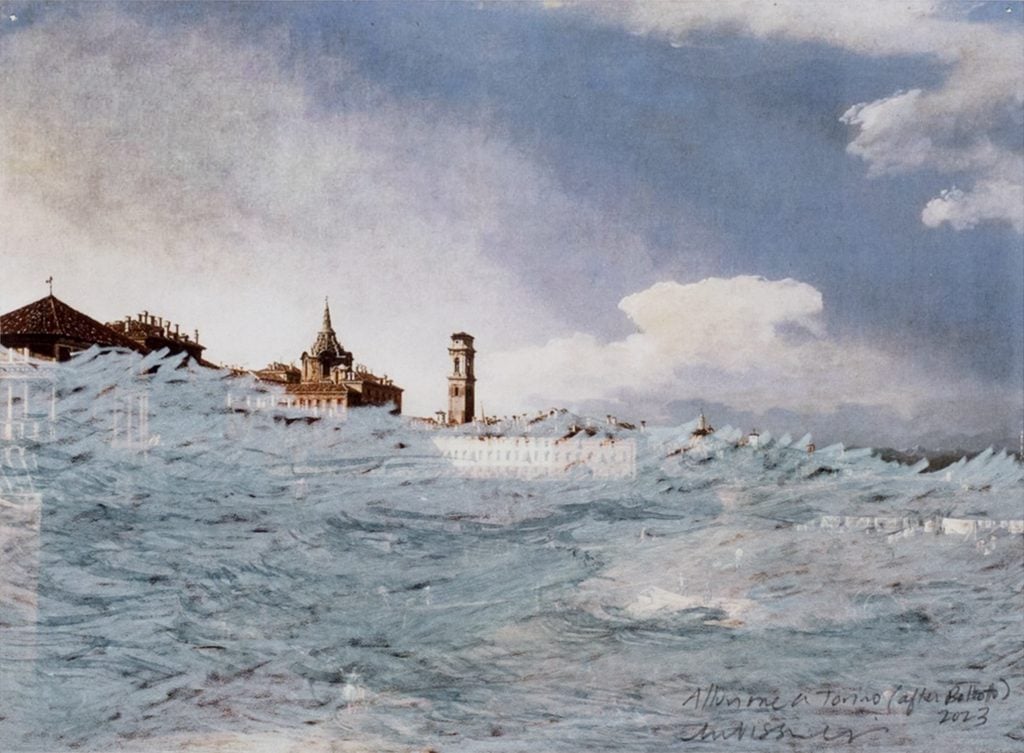
Melissa McGill, Alluvione a Torino (after Bellotto) (2023). Courtesy of Mazzoleni, Turin / London.
With your practice centering on tracing connections, namely between constellations and waterways—what about these natural bodies do you find most compelling? What first drew your attention to these connections?
We are stardust and we are bodies of water. I aim to create projects that remind us of this and bring us together in connection with nature’s life forces, to feel our oneness with all beings and the universe in totality … to remind us of what we are made of.
I often think about what happens when we have a cosmic event—an eclipse, a meteor shower, aurora borealis, etc.—something wonderful takes hold of us. We are brought into a largeness together, reminding us of the fact that we live on a planet in a vast and mysterious universe. I love that millions of people look up at the same time, in awe and wonder, even just for a few moments, considering the reality of our existence. I wish we would do that much more often.
Ideas around “climate fatigue” are somewhat inevitable when considering the natural world, how do you hope to shift this narrative?
In this age of environmental challenges, what if we shift the narrative and engage in a different story of our waterways? What could we learn if we empower the river’s enduring wisdom? With awe, wonder, and empathy, I hope we can find new creative ways to come together, to reanimate our connection with water’s life force and support its regeneration.
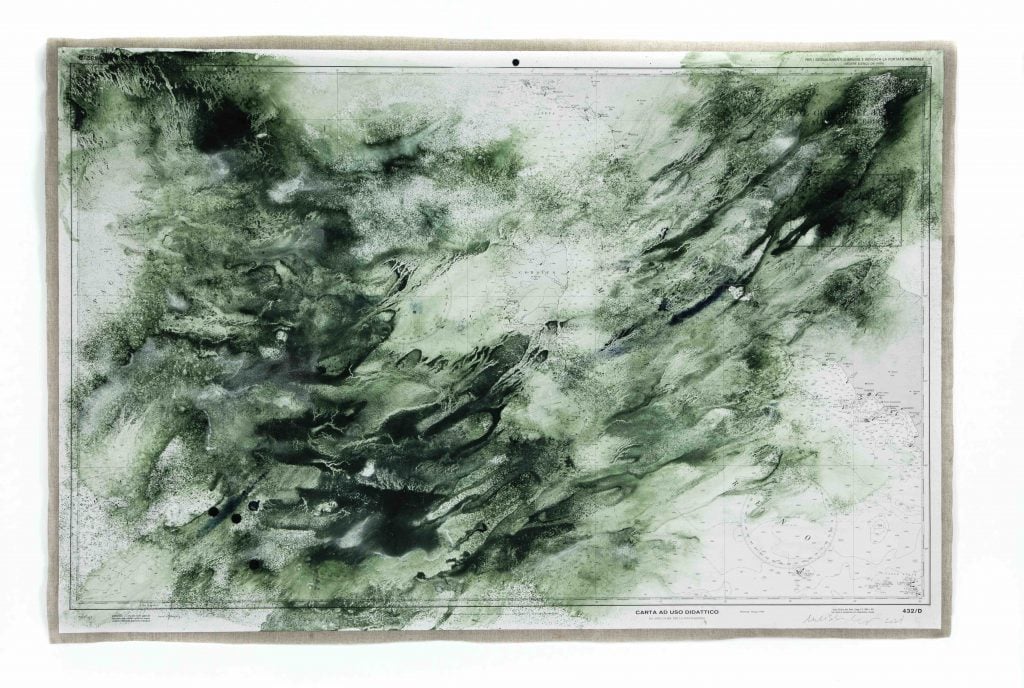
Melissa McGill, Celestial River (2024). Courtesy of Mazzoleni, Turin / London.
Can you tell us a little bit about what you are working on now or hope to work on next? Are there any themes or connections you’re thinking about now that you haven’t yet had a chance to work on yet?
“Eridanus: The River Constellation” is a project unfolding in chapters. Its research and elements will come together in a larger form, in a constellation, that once again connects the river stars and local community, as well as past, present and future. I am documenting, recording and sharing this development and process in an online publication called Lifeline, A Water Storytelling Project with Substack here.
“Melissa McGill. Eridanus: The River Constellation” is on view at Mazzoleni, Turin, October 30, 2024–February 8, 2025.





